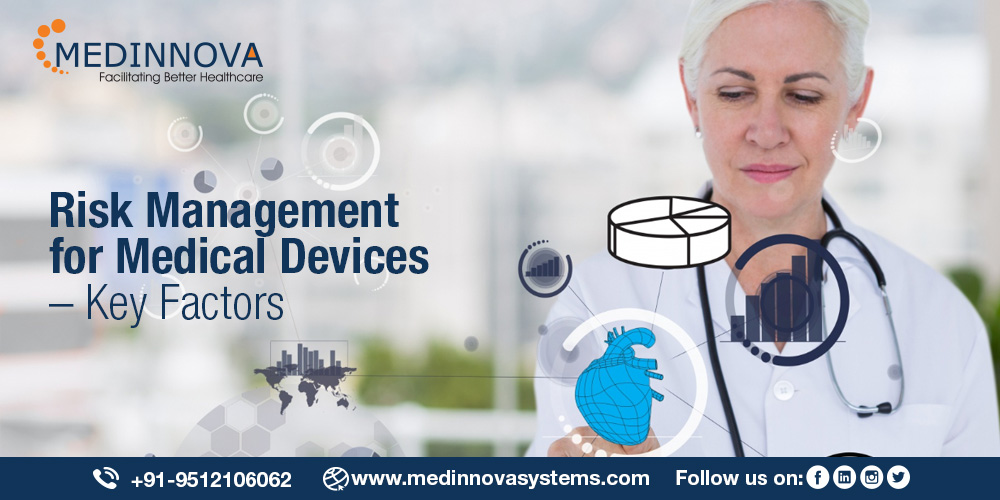Be it a material, instrument or an apparatus, medical devices are today used to diagnose and treat patients. Their role in facilitating quality and safe healthcare is immeasurable. When it comes to ensuring safety and effectiveness of a medical device, risk management is a key factor. It involves identifying, understanding, assessing and preventing medical equipment failures. This is not only related to medical device manufacturing but also general use by hospitals. A structured approach that helps to evaluate efficiency and safety of medical devices needs to be designed and implemented.
Risk Management Is Important More Than Ever. Here Is Why:
- It allows hospitals and healthcare facilities to identify device problems beforehand.
- Risk management provides a comprehensive protection measure from product liability damage.
- As per regulatory standards, including risk analysis is essential. It is the right thing to do.
- Risk management not only ensures safety of medical devices but also patients and healthcare staff.
- Risk management during manufacturing process and also at hospitals ensures that devices’ hazards are promptly identified before they come in contact with patients or adversely affects healthcare safety.
Risk Management – Key Principles
A Flow Chart
Professionals should develop written definitions about what they need to do and how they should carry out risk management. The next step is to define responsibilities and accountability, followed by authorization. It is equally important to define the skills and knowledge required to implement the system. Documentation shall be maintained well to demonstrate conformance to procedures and policies. Every step, process and document must be verified.
Risk Control
Here, protective measures are implemented. The principle involves risk control and monitoring activities, inherent safety, protective measures, identification of the residual safety, and risk control measures implemented to reduce the hazard likelihood.
Hazard Analysis
The process requires analysis of hazard associated with a medical device. Professionals need to analyze the key components of medical devices in this regard. Some of the potential hazards include flammability, toxicity, reactivity of raw materials and wastes, etc. The whole process involves brainstorming that allows professionals to identify failures, and also analyze consequences to develop a well-designed risk management strategies.
Procedure Analysis
A separate analysis on procedures shall be carried out too. This is because inappropriate procedures can lead to undesirable consequences. Notably, risks are not just about manufacture and delivery. There are many aspects such as storage, transportation, and other environmental factors that play significant roles. One should get a comprehensive overview of the whole risk management strategy to make it work wonders.
Specified Standard
There are specified standards for risk management which involves patient, operator, and other parties. Manufacturer should make sure to document and maintain a risk management process to review intended purpose, identify hazard, analyze probability of hard occurrence, and evaluate associated risks and take complete control of such risks. It is also important to monitor controlling of the risks to ensure everything remains as efficient as expected.
As a part of collective risk management efforts, Medinnova provides comprehensive preventive maintenance assistance that facilitates efficient equipment lifecycle management. To approach a reliable medical equipment company in India, call on +91 95121 06062 or send an email to sales@medinnovasystems.com.

